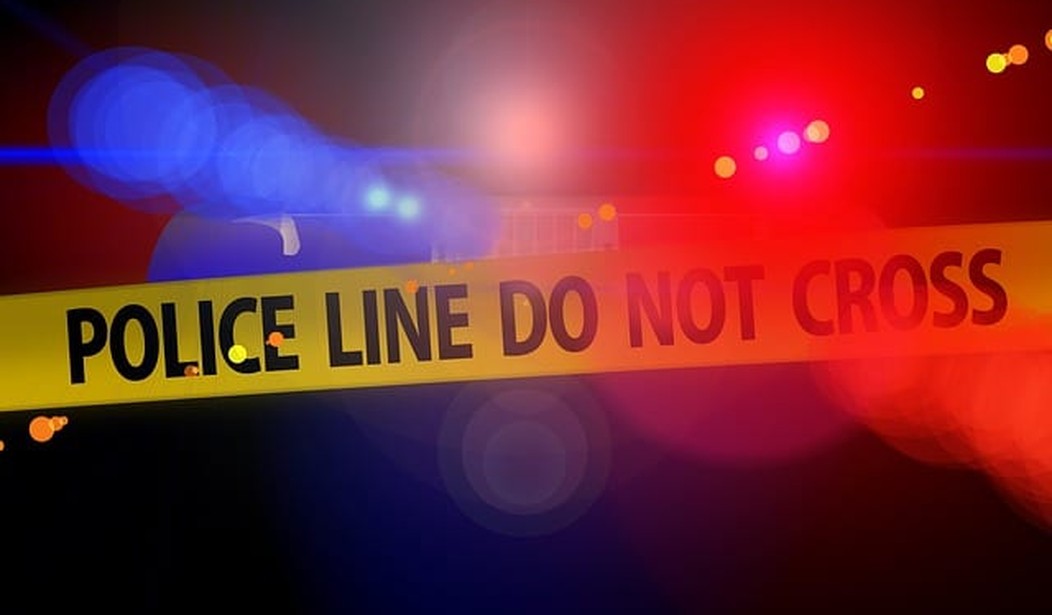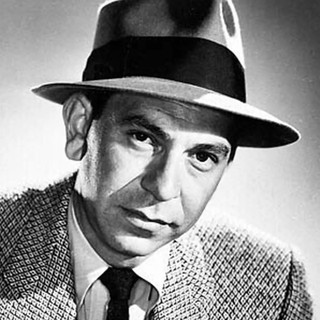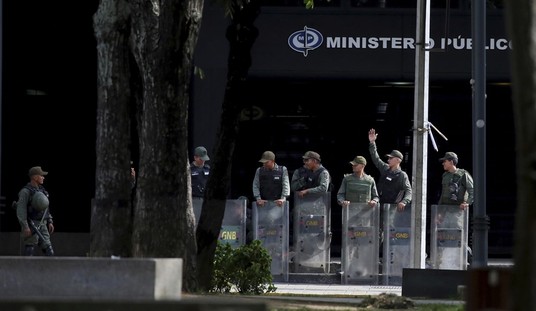In my previous column, I explained why the accidental police killing of 14-year-old Valentina Orellana-Peralta was a tragedy, not a crime, and why it was not necessarily a reason for changes to law or policy. Judging from some of the ill-informed commentary I’ve seen, not only on social media where one is accustomed to it, but in such formerly credible outlets as the New York Times and the Los Angeles Times, it seems that a “narrative” has now coalesced and is being advanced, one that condemns the involved officer, now identified as William Dorsey Jones, Jr., for having acted too precipitously in firing his rifle at the suspect.
For example, in a New York Times profile on Officer Jones, published on Thursday, the writers say body camera footage released by the LAPD shows that Jones “could be seen racing past his fellow officers with a drawn rifle, even as his colleagues called out to him to ‘slow down’ and ‘hold up.’”
Some background is called for here. Prior to my retirement from the LAPD, I was a member of the cadre that regularly trained in “immediate action, rapid deployment” tactics. This training was instituted in police departments across the country after the 1999 massacre at Columbine High School in Colorado, during which officers assembled outside the school but did not enter while waiting for SWAT teams to respond. The training has been modified over the years, particularly in response to the 2008 terrorist attack in Mumbai, India.
Distilled to its most basic elements, the training calls for responding officers to quickly assemble into teams, enter the location, then locate and neutralize the threat. The training is designed so that officers from different entities within a department, or even from different departments, can move to save lives without delay and without instruction from a command post.
Patrol officers and detectives arriving at such an incident are likely to be equipped with different weaponry, with all of them carrying handguns, some with shotguns or rifles. As I explained in the previous column, it is an essential tenet of the training that an officer with a long gun, preferably a rifle, take the lead on the assumption that it is he who will encounter the suspect first and be best prepared to fire accurately.
It is another essential tenet of the training that as a team enters a location, if there is no gunfire or other evidence of an ongoing attack, the officers move without rushing from one room or area to another, methodically searching each space for a hidden suspect. But when gunfire can be heard, or when officers become aware of some other type of ongoing attack, they are to move expeditiously to neutralize the suspect.
Again I’m repeating from my previous column, but keep in mind that at least one of the many 911 calls the LAPD received from the Burlington store had it that the suspect had fired a gun. Officer Jones arrived after several of his colleagues had entered the store, but he was the first to arrive with a rifle. In rushing to take the lead in the formation, he was not acting impulsively but merely following his training.
As is their wont, the Los Angeles Times has contributed to the erroneous narrative by citing purported “experts” whose expertise is debatable. In a story published Thursday, they cite George Kirkham, a former police officer and professor emeritus at the Florida State University College of Criminology and Criminal Justice, who said the officer should not have fired a “military-grade rifle” inside the store. Quoting from the article:
“The first question is why was a guy carrying a weapon like this?” he asked. “This is a very, very risky weapon, a weapon of enormous lethality” that has a long range and high penetration rate.
According to Kirkham, studies of police shootings have found that the hit rate is about 17%, creating the potential for errant rounds to endanger bystanders.
“Bullets go all over the place,” he said.
Anyone relying on this man’s “expertise” should be wary. His use of the term “military-grade rifle” betrays an ignorance of weaponry ill befitting someone claiming to be an expert. Rifles have evolved over time for better accuracy and reliability. Denying the police use of a weapon that happens to resemble those used by the military is akin to saying you want them to carry those that are less accurate and less reliable than the best available, all for the sake of appearances. Also, a rifle round is no more inherently deadly than one of a similar caliber fired from a handgun except in that it travels at a higher speed. And as for Kirckham’s reference to the low hit rate for police shootings, this is precisely why a rifle is preferred in these situations: it can be fired more accurately than a handgun, a round from which also would have penetrated the wall of the dressing room where Valentina was hiding.
Returning now to the matter of Officer Jones’s haste in confronting the suspect. It was my experience during my LAPD training in these scenarios that officers searching a building did not respond quickly enough when made aware of an ongoing attack and had to be prodded along by instructors. Put yourself in the place of the woman being mercilessly beaten with the bicycle lock. How would you feel, as blow after blow rained down on your face and head, if you heard your approaching rescuers being told to “slow down” and “hold up”?
As the lead officer in the formation, Jones was best positioned to see and hear the victim. When he realized she was under attack, it was his fellow officers’ obligation to keep pace with him, not his to slow down for them.
Finally, it’s interesting to note that the unusual pattern of the jacket the suspect selected from the store’s inventory may have made it more difficult to ascertain if he was armed or not in the split second Officer Jones had to observe him before firing. No, the suspect did not have a gun as had been reported, but the central question in evaluating Officer Jones’s conduct is, was it reasonable to believe he did? It was, and no armchair “expert” should say otherwise.










Join the conversation as a VIP Member